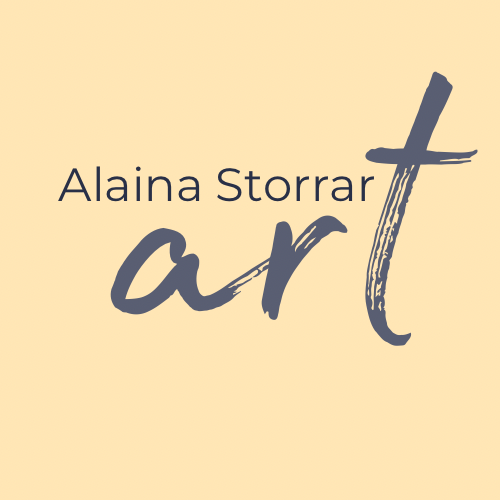Sketching People
Most would agree that Leonardo da Vinci excelled at drawing and painting people. He was one of the earliest artists to strive for a truly realistic representation of the person he was portraying, and he was very talented at it. One thing that certainly helped him towards excellence was his sketchbook, in which he made hundreds of observational drawings of all sorts of things. Practising observational drawing is, in my opinion, always the best and quickest way to get better at drawing anything, especially the human body.
Leonardo da Vinci even liked sketching cats!
One of Da Vinci’s favourite phrases was “sapere vedere”, meaning “to know how to see”. This means that looking at an object and drawing it is not enough. You need to observe: notice every detail; ask questions and observe further to answer them; and draw what you actually see, not what you think you see. Aim to draw often and a lot, expecting to make mistakes as you learn, and use those mistakes to work out what you need to change or practise.
Finding sitters who don’t mind staying relatively still whilst you practise your observational portrait drawing can be challenging. Perhaps a friend or family member won’t mind you sketching whilst they nap, read, or watch television. It can be challenging to sketch fast enough to draw people in cafes or waiting for a train, but this is a great way to find lots of models easily, and you will quickly improve. At a pinch, you could use magazine images, and YouTube has lots of films for artists of life poses. However, be aware that this is not quite the same as drawing a person actually in front of you: you will miss out on learning about how light and shadow, or small changes in pose and expression affect a drawing, and it will be hard to explore the solidity of a person.
Some cafe-drawing by me! My mistakes tell me that I need to practise catching the angle of people’s heads.
When you sketch, don’t worry about getting a lot of detail into your picture in the first place. Press lightly, move fast, and create a loose gesture drawing of your model, focusing on proportions and positioning the limbs accurately. If you have time, you can then begin to add more detail. Or move on to an alternative angle or pose! You may be tempted to draw in a particular style, especially if you have a strong interest in, for example, manga art, but this should be avoided at this stage. Your aim is to understand how a pose goes together, not practise creating your own designs. If there is a pose that you feel would fit your preferred style, go back and draw it again later, once you fully understand it.
This is a video by an animator on YouTube who demonstrates how to combine an understanding of anatomy with very quick gesture drawing.
And this video has some great tips for sketching people fast. You might notice the artists in both these videos sketch with pens. I love this, it really helps avoid the urge to erase!
Learning a little about anatomy can be extremely useful. There are many books out there that can help you, some of which I have pictured here. Click the images to go to World of Books where you can buy them second hand for a bit less. If you’re lucky, you might get one with someone else’s helpful notes in the margins!
A mannequin can also help you understand how the body moves. The body is broken up into basic shapes, and the main joints become circles that limbs move from. Try drawing on top of magazine pictures to work out how the body forms more complicated poses. Or sketch a mannequin pose, and add detail to turn it into a body.
Above all, keep practising. Fill your sketchbook, then start a new one. Try to take a small sketchbook everywhere with you, so you can keep practising when you have nothing else to do. Share your work here, and let me know how you are doing!






